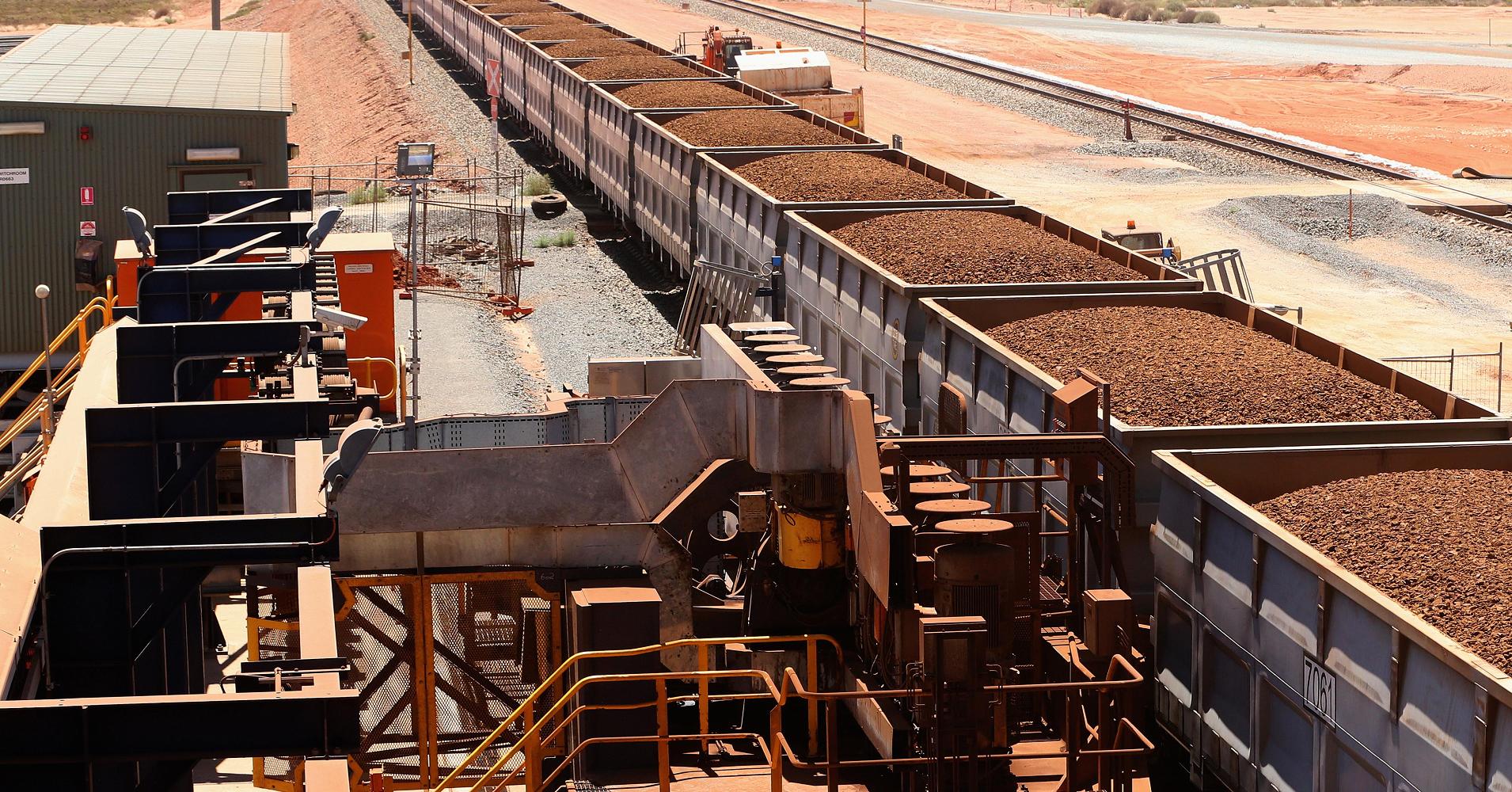Iranian steelmakers and iron ore companies are actively working on the expansion of iron ore processing and direct reduced iron/hot-briquetted iron capacities to fulfill the government’s plan for a massive expansion of steel production to 55 million tons per year.
This is being done despite investments in Iran’s steel industry still being overshadowed by banking issues and remaining US sanctions, Metal Bulletin reported.
To meet the 55-million-ton per year of steel production target, 60 million tpy of DRI and pig iron, 92 million tpy of pellets, 90 million tpy of concentrate and 159 million tpy of iron will be required in the entire value chain from iron ore to crude steel, market participants estimate.
The country already added about 4.5 million tons of capacity to process iron ore into concentrate this year with the launch of the 600,000 tpy Jalalabad beneficiation plant in January, a 1.4 million tpy beneficiation plant at Esfahan Steel Company in May and a 2.5 million tpy National Industries and Mining Development Company beneficiation plant, located in Sangan mineral zone.
The country’s total concentrate capacity reached 50 million tpy after those investments. It is expected to reach 55 million tpy by the end of the current Iranian year, after the launch of a 5 million tpy beneficiation plant by Mobarakeh Steel Company in Sangan mineral zone.
The country’s capacity for pellet production rose to 45 million tpy from 30 million tpy in early 2017, with the launch of two 5 million tpy pelletizing plants in the Sangan mineral zone. One of them, owned by MSC, was officially launched in August. The other one, owned by Opal Parsian Sangan Mineral and Industrial Company, was launched in November.
Two other pelletizing plants, each with a 2.5 million tpy capacity, were commissioned at Sirjan Iron and Steel in April and Butia Steel Company in November. Both are part of Middle East Mines Industries Development Holding Company.
Apparently, another 2.5 million tpy pelletizing plant will be commissioned by the end of the Iranian year, as Khorasan Steel Company was preparing for trials in late October.
HBI/DRI
Iran’s capacity for HBI/DRI production increased by 3.3 million tons this year to 33.3 million tpy, as a 1 million tpy DRI module started production at Shadegan Steel Complex in August, followed by an 800,000 tpy unit at Mianeh Steel plant where production was started in September.
Both units are using locally-invented PERED technology for DRI production, in contrast to the majority of mills, which use technologies from international plant builders. One of the latter commissioned a DRI unit for the production of 1.5 million tpy of the product at Saba Steel Complex.
By the end of the year, two more mills using PERED technology–each with 800,000 tpy capacity–one at Neyriz Ghadir Steel Company and the other at Baft Steel Complex, are expected to start up, bringing the country’s total DRI capacity to 35 million tpy.
Over the first seven months of the current Iranian year (March 21-Oct. 22), Iran’s iron ore concentrate output was up 19% year-on-year, totaling 21.88 million tons, while pellets and DRI segments demonstrated a 24% rise year-on-year each, to 17.96 million tons and 10.6 million tons, respectively, according to the Iranian Mines and Mining Industries Development and Renovation Organization’s latest report.
At the same time, the country’s crude steel production was about 11 million tons, up by 14% year-on-year.
Market participants wondered whether the growth of iron ore processing and HBI/DRI capacities would provoke an increase in export volumes of the products, especially considering that the government planned to remove export duties for iron ore concentrate (35%) and for pellets (15%) early this year.
However, despite expectations, duties remained unchanged and unprocessed ore remained the major traded raw material.
Iranian miners exported over 8.69 million tons of granulated hematite iron ore with over 40% Fe content during the first six months of the current fiscal year (March 21-Sept. 22), indicating a 7% growth, according to the report of the Islamic Republic of Iran’s Customs Administration.


